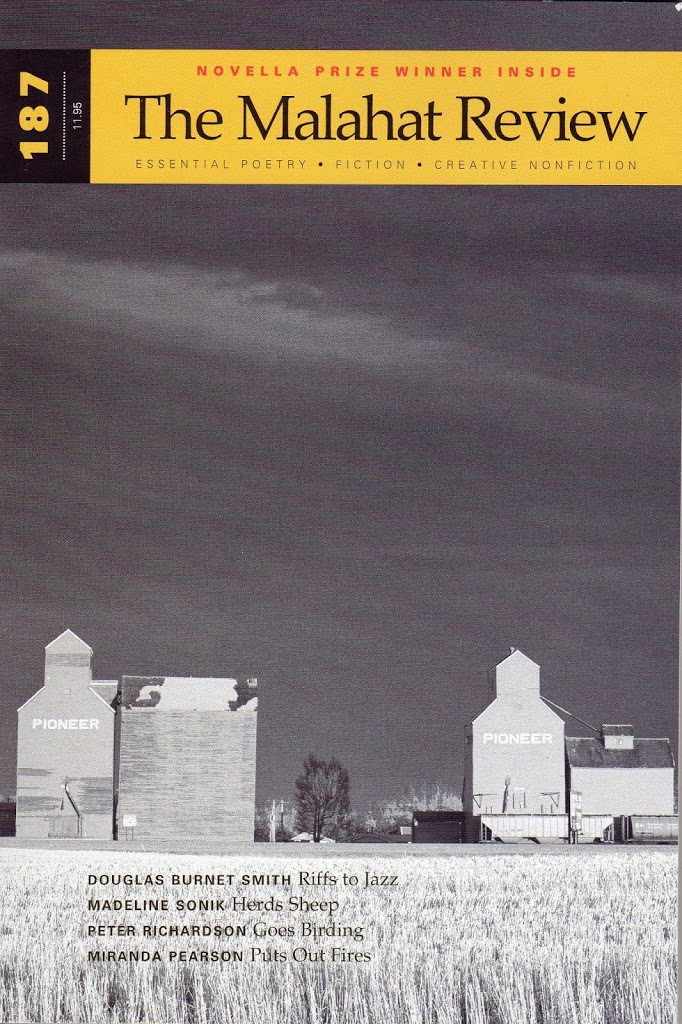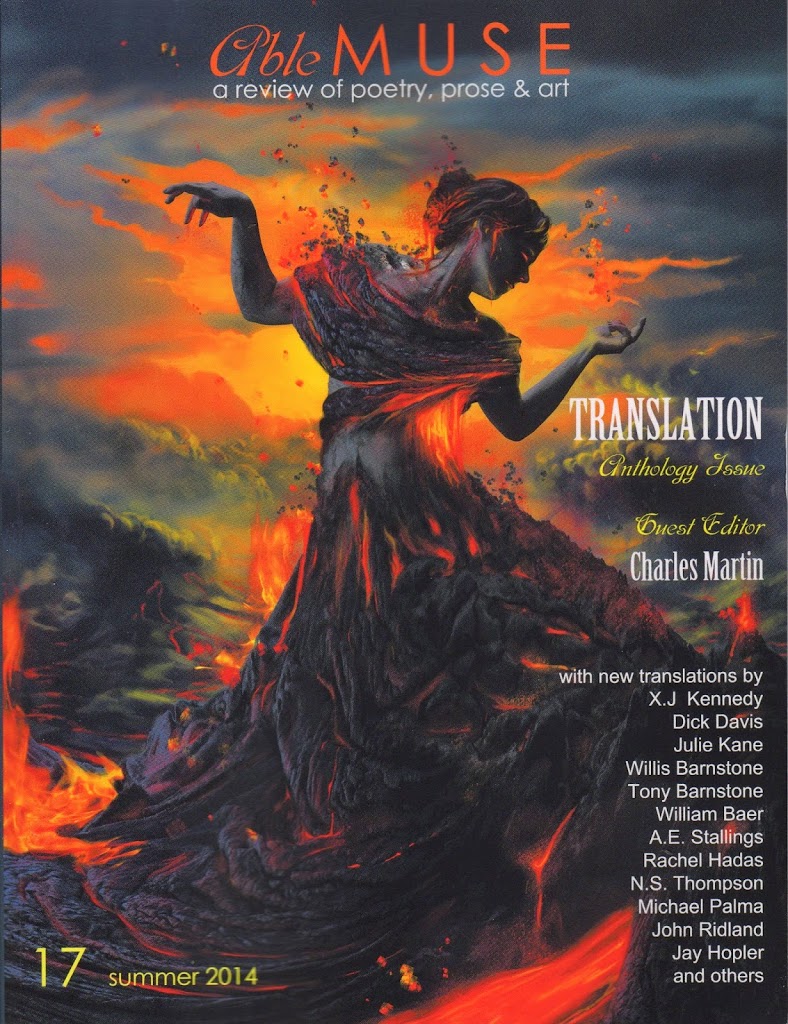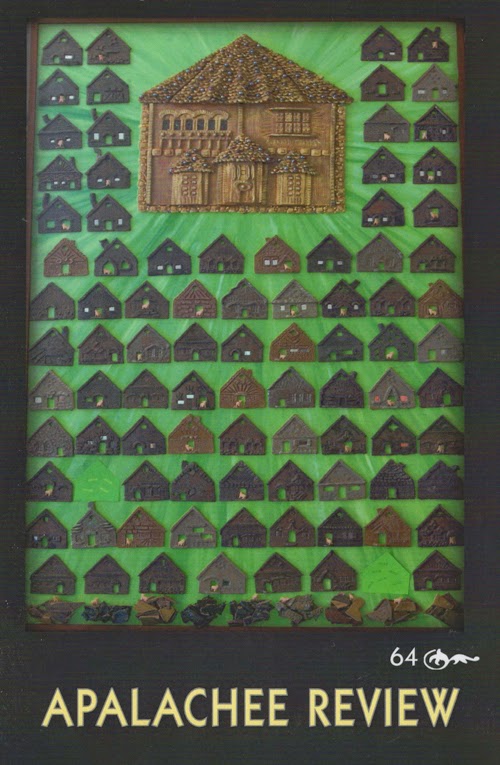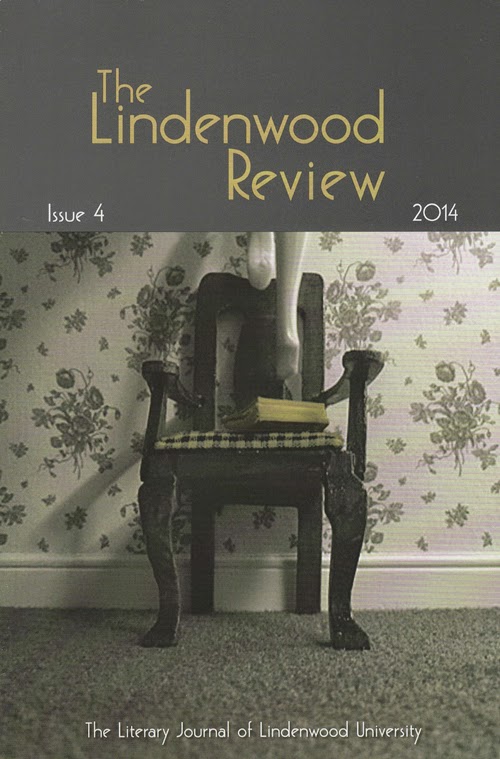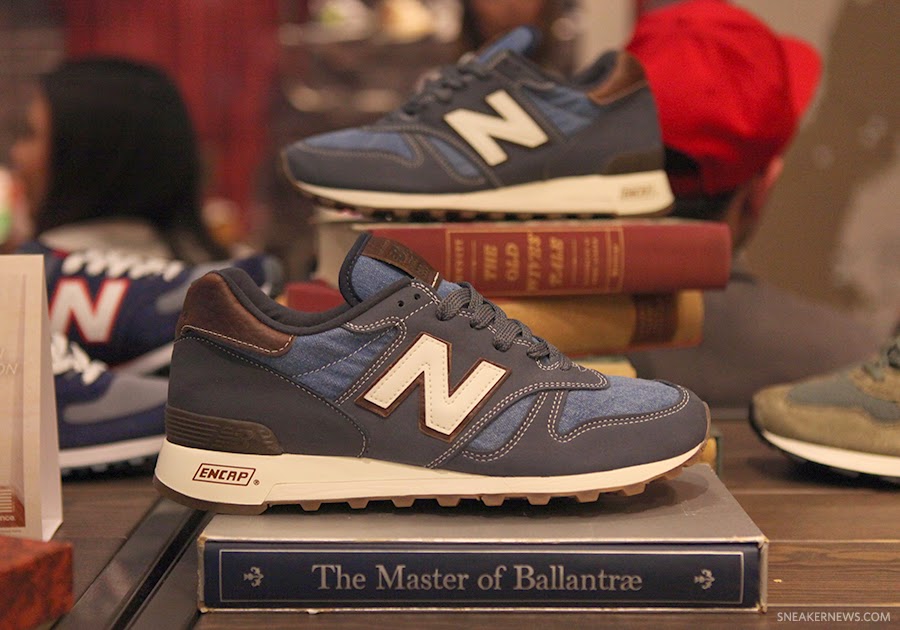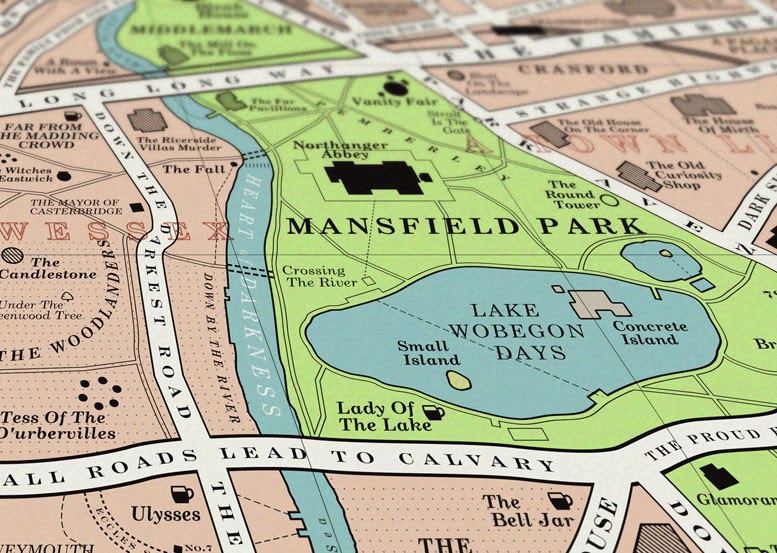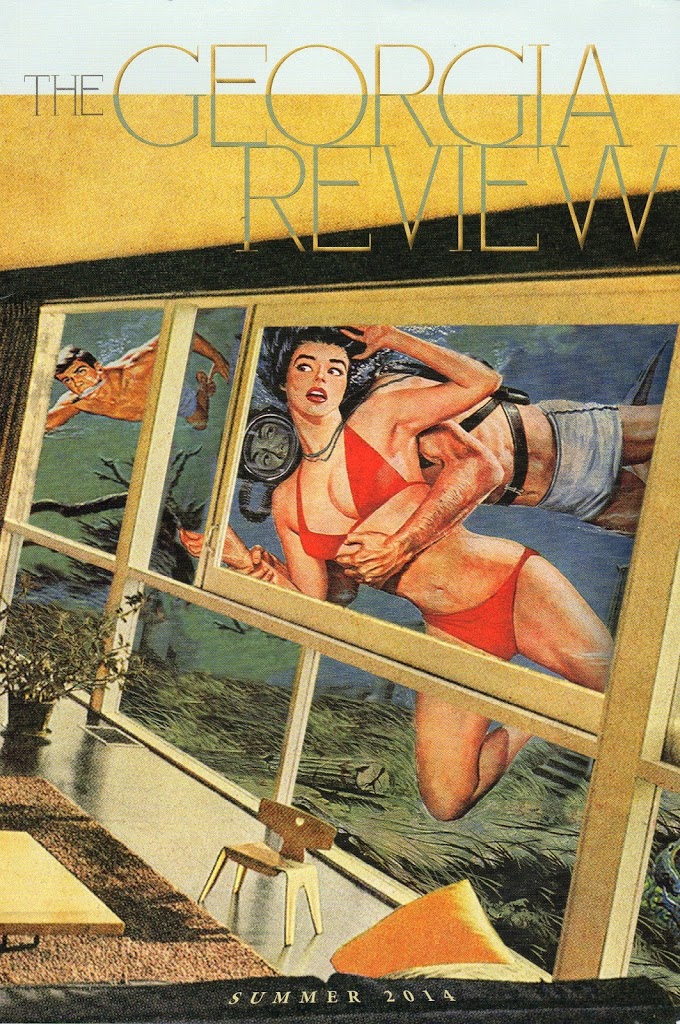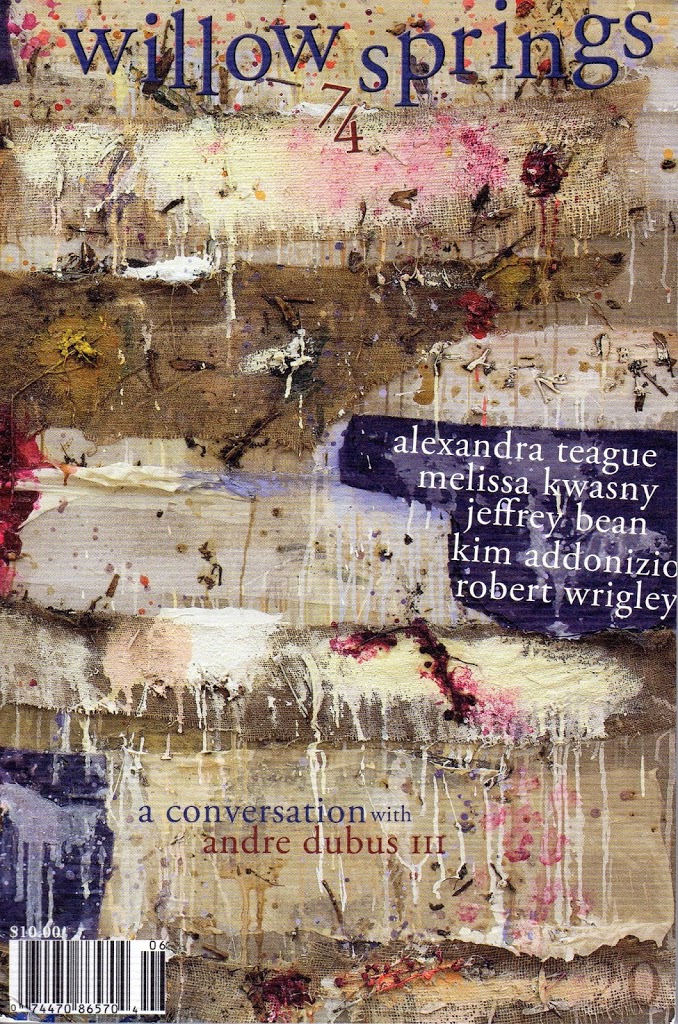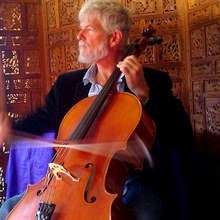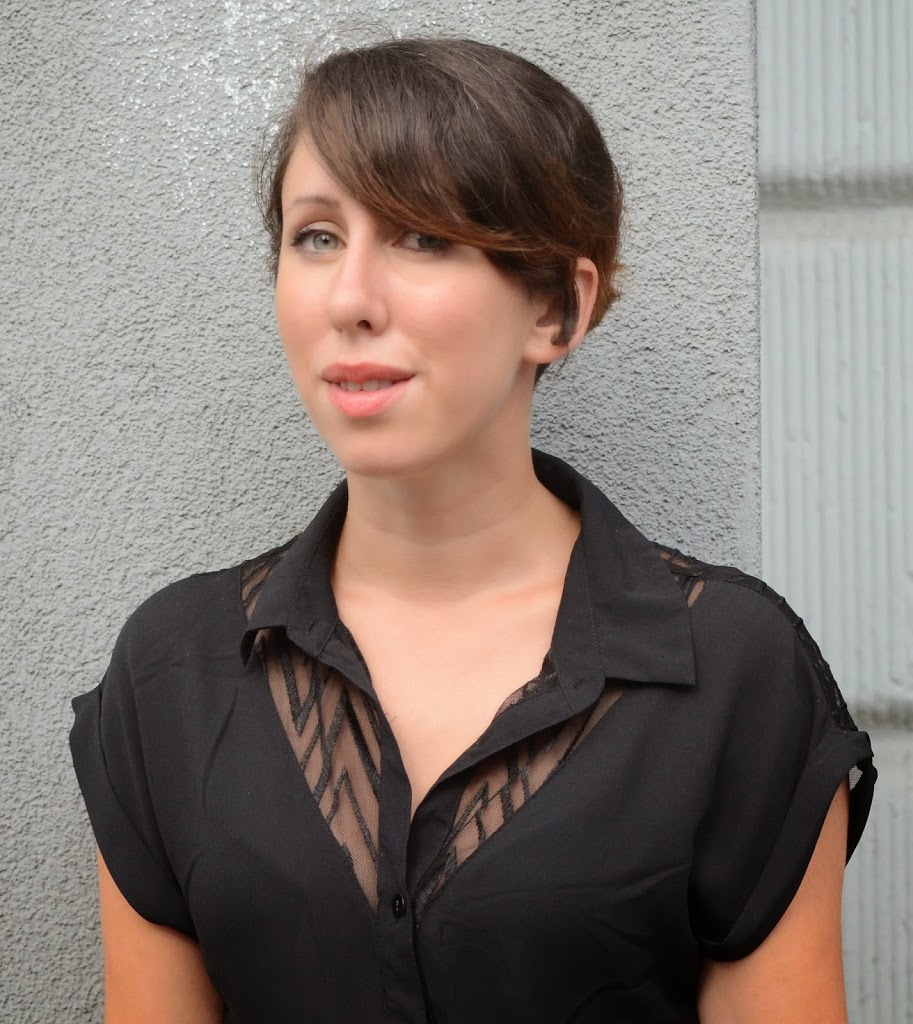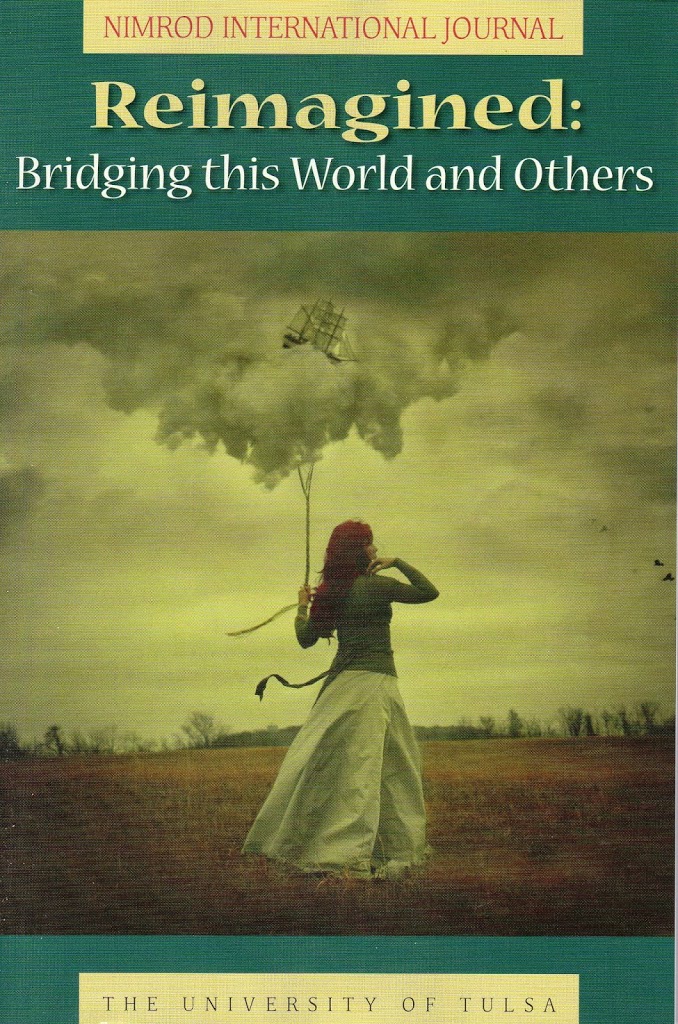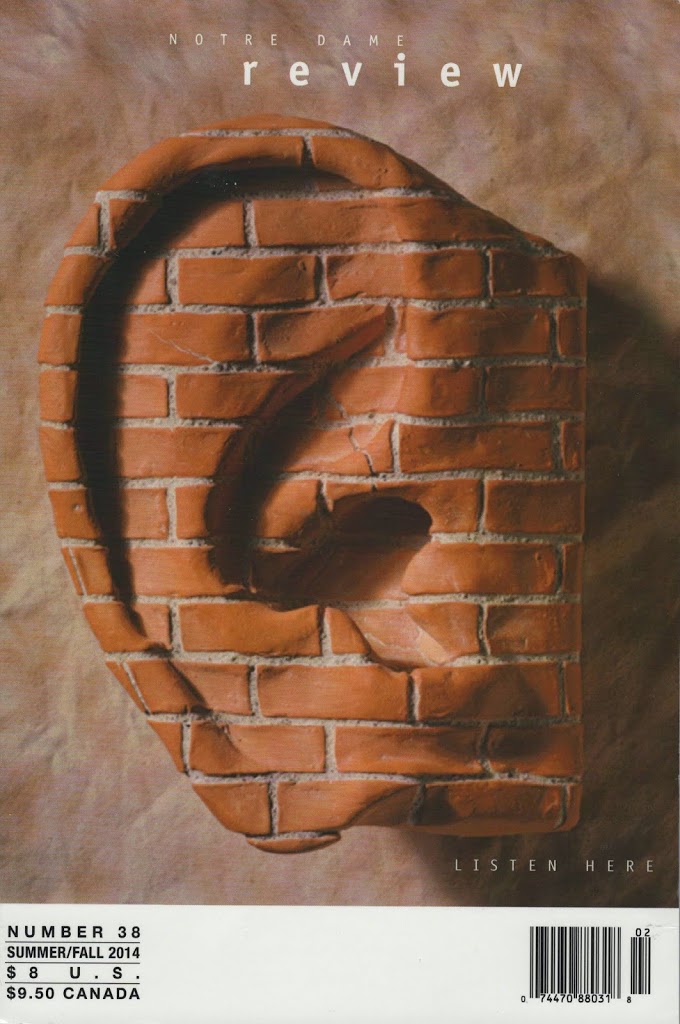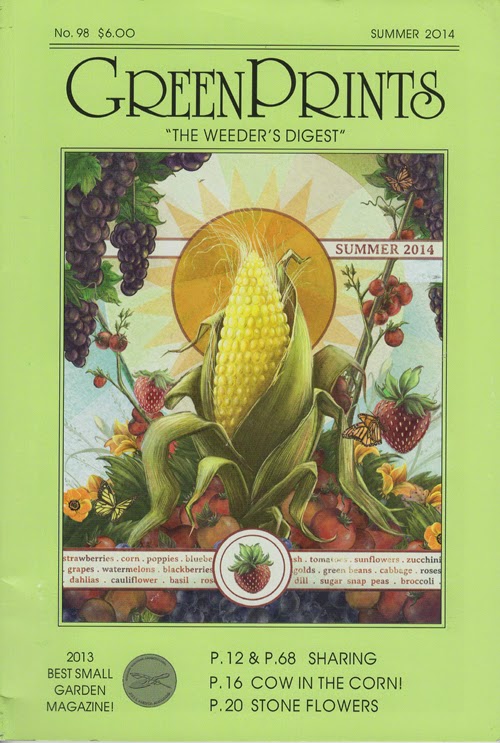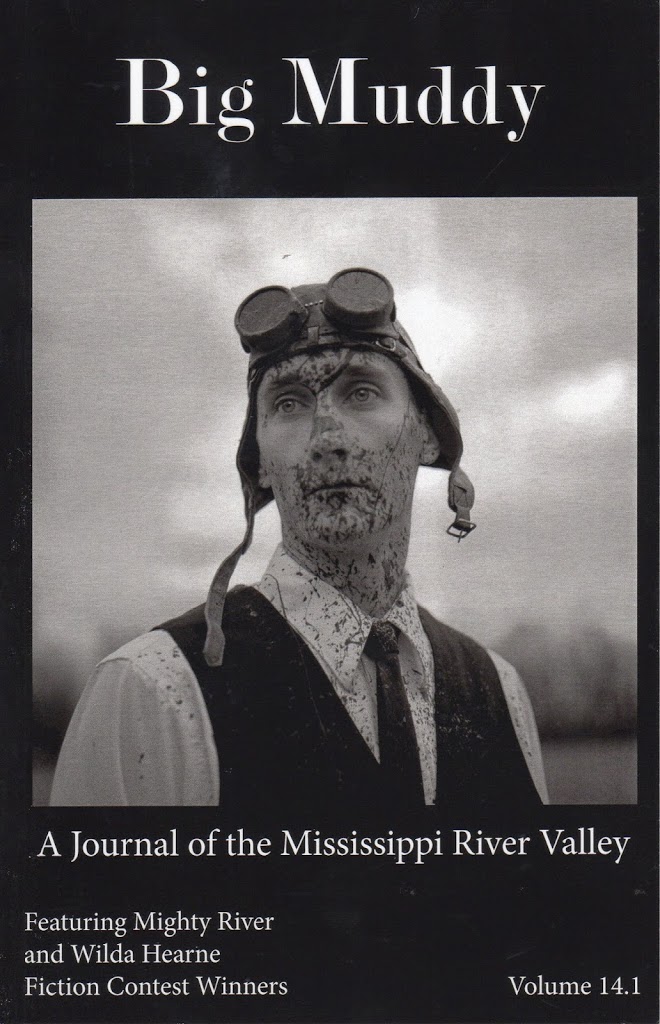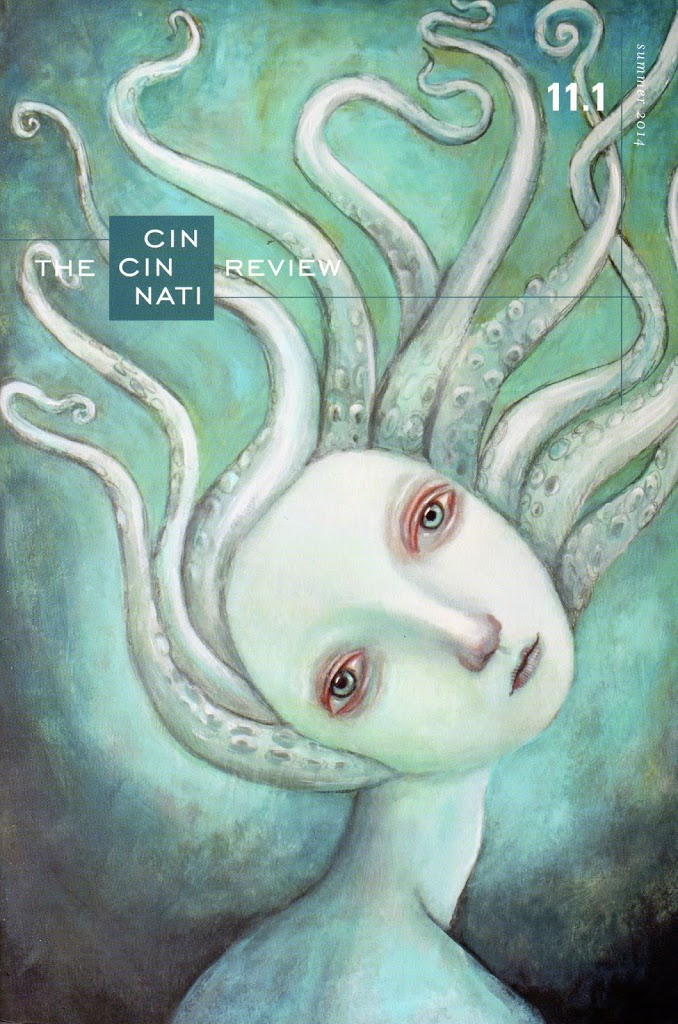Note: All character name fonts have been approximated by the reviewer. Font-play isn’t her specialty. Forgive any stylistic discrepancies.
When Ollister’s infamous gray book goes missing, he and his love interest Adelaide plot revenge against The Platypus, head of the art mafia in a city dominated by the quest for talent. Adelaide obsesses over Ollister, the art school kids theorize about bad art, and a punk named PuNk introduces a potent sex drug. These anarchist art school teens come together in a frenzy of ennui to gossip about the sinister White Ball, hosted by none other than The Platypus and guarded by the White Sodality. Rumor has it that the art terrorism movement plans to crash the party and cause a postmodern uproar.
The plot circles around Ollister’s elusive gray book which is full of something that will rock the art world to its very core. It’s full of stuff and things and whatnot that, if revealed, will bring The Platypus and his adult art empire crumbling to the ground. Problem is, we never find out what’s in it. And despite the intriguing sound of that idea, this is no successful MacGuffin.
Ollister is a threat to The Platypus empire because he wants to – and knows how to – create something new, something beautiful. Something beautifully and painfully new. So, I ask, where is it?
Plague’s novel is postmodern art about postmodern artists titled Boring Boring – therefore we expect a satire that is anything but. On the visual level, Boring Boring is a satire of the art world, and, as such, uses the visual to hint at many levels of design absurdity – the overwrought, scrolling chapter headings; the excessive highlighting and italicizing of “meaningful” words; the use of different font types to represent different character personalities. This, I get. This is a novel idea. But underneath the catchy visual satire, there still has to be a good story. Underneath a novel idea, there still must be a novel. And this is where Boring Boring fails.
The concept is intriguing, I’ll admit. And many of the images are beautifully rendered:
His nose had been broken so many times that it looked like it had never been broken at all, or rather that it had stopped growing when he was about 7-years-old. It was small and squat, and the interior was regularly exposed to view. A viscous cache of hair and bloody mucous that required a constant sniffling, just to keep the stuff from trickling down his face. Even so, there was usually something unrecognizable hanging out of it, or around it. Although this nose was not without its seasons, often it was shiny pink, cracked and peeling, bloodied from a coke binge or scuffle.
But without the promised ideas that transcend the boring boring art world, we end up with nothing but boring boring banter. I found myself more interested in The Platypus and his wife (the only two characters who hint at complexity) than in the plights of the art kids.
Ollister, for example, claims to want to rise above the bullshit art scene and yet he attends all of the bullshit parties. For someone who claims to be so bored with this scene, he seems awfully involved with it. Other characters poke fun of clueless artsy types and yet remain embedded in this same art world:
Jolene had most of the requisites for her position. She was thin attractive in a birdy sort of way. She wore a black turtleneck with thick black framed glasses under dyed-black hair. Her family was wealthy. She would perform fellatio on the gallery owner, never intercourse. Her apartment was so minimalist as to be empty. Her tone was just condescending enough to sell art. She did not, however, have a foreign accent. This was her only clear disadvantage.
But in poking fun of these absurd artsy types, Plague (not his real name) becomes one himself. He becomes the Ollister type who lives to create something that rises above art. Problem is, he doesn’t. So where does that leave us? It leaves us with another story that deteriorates into a soap opera web of misunderstanding, cheating, and revenge.
But maybe that’s the point. Maybe Boring Boring is supposed to be boring boring. Maybe its only goal is to capture the absurd ennui of young, inexperienced art students. If that was, in fact, its goal, then it succeeded.
The novel does, however, have many highlights, most notably the Appendices in the back. I’d hoped that the characters would be as interesting as they seem in the appendices, which served as brief and fascinating character sketches. I found myself drawn more to the back of the book, to the sections following “The End,” than to anything before that. If this book does happen to fall into your hands, read Appendix C2, Appendix B. Read Plague’s wonderful list of party guests (pp 71-2); read the “Art Terrorism” interlude:
“some dirty hipster” grabs the microphone at Uni-Arts Lecture Day: “All you kids make me sick. Revolutionary, my ass. Nobody likes to be preached to, and that’s what you’re doing with your fucking “concept.” Preaching through painting, bullying us into your boring boring worldview by telling us what we know. You give no aesthetic value, no beautiful alternative to the shit you are whining about, be it your own banal shit, or the insolvable shit of the world. You are cowards. If you want to change things, change them, if you want to change the world, I don’t know, go fucking change it. stop fucking around with art. Because this is not the tool that makes that happen. And, also, you suck at it. and your bullshit “cause,” your piddling “concept,” is poor cover for that.”
Boring Boring comes from a perspective that still believes that parents and education are anti-enlightenment. The impression we’re left with is that this infamous gray book is nothing but a young artist’s composition book, full of ideas that he considers deep and meaningful in a hazy college dorm sort of way.
At its core, Boring Boring follows classic juvenile literature’s quest of the hero. One kid up against evil adults. The outcome? The kid, using his wits and his courage, outsmarts those foolish adults and saves the day. In the end, we’re searching for a glimmer of the divine – the thing that rises above the bullshit. If the art critics, buyers, and sellers are blind, as the art kids believe, then we need to have our eyes opened. Maybe the answer to all of this is in the gray papers, maybe not. Point is, we never find out. And all we’re left with is a group of uninspired art students who survive on drugs and disgust.

